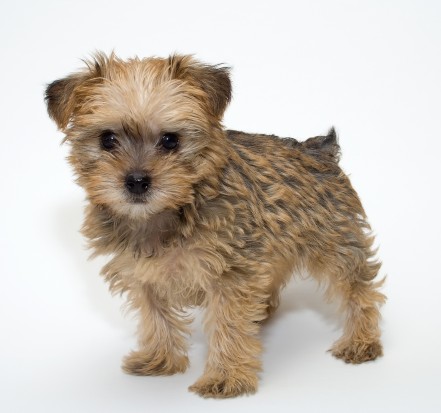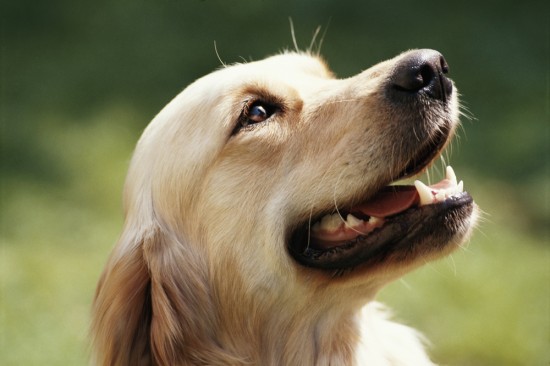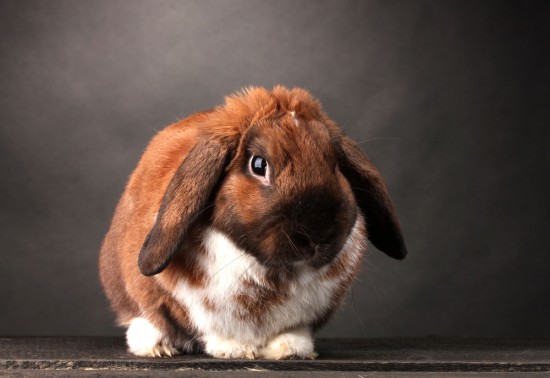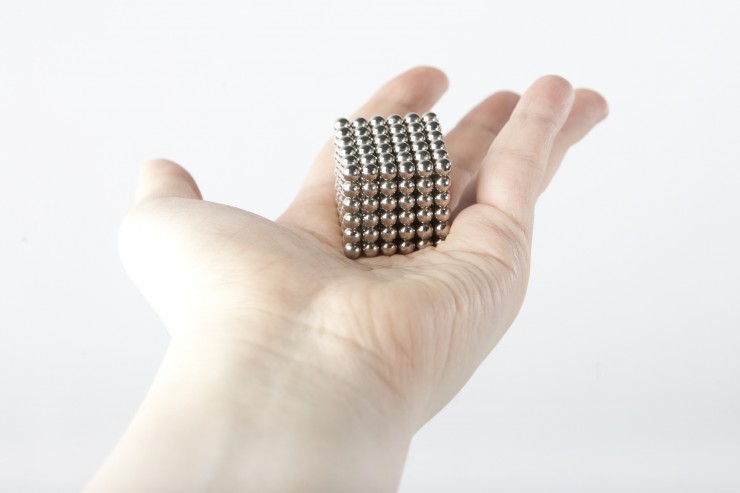

If you are wondering what exactly a Schnoodle is, then you are probably not alone. Still, with such a memorable name, you probably won’t need telling twice! The Schnoodle is a hybrid dog, created from the crossing of a Poodle and a Schnauzer (both dog breeds can come in a variety of sizes) and one that is fast growing in popularity both in the UK and further afield. The Schnoodle aims to combine all of the best traits of both the Poodle and the Schnauzer into one dog, while offering something that is a little different.
If you are thinking about getting a new dog to join your family and are wondering if a Schnoodle might be a good choice for you, read on to learn more about the Schnoodle!
Like all hybrid dog breeds, the Schnoodle is not recognised by The Kennel Club or any other governing body as a pedigree dog. This means that you would not be able to register and show your Schnoodle in Kennel Club breed shows, or acquire purebred registration papers for your dog, even if both of its parents were purebred (as a Schnauzer and Poodle respectively).
It is unlikely that this situation will change in the near future, and so if you are looking for a pedigree dog the Schnoodle is not the dog for you, as it is regarded as a cross breed. Nevertheless, the Schnoodle is instantly recognisable, highly appealing and makes an excellent pet and companion for many people, as well as having the added advantage of the genetic diversity provided by inheriting genes from two separate breeds of dog.
As there is no formal breed recognition or registry for the Schnoodle, the question of “what makes a Schnoodle?” is a wide one! In its most basic terms, a Schnoodle should simply have one parent that is a Poodle and one that is a Schnauzer, or parents that are both half-and-half Schnoodles themselves.
The size of Schnoodles can vary considerably from case to case, as both Poodles and Schnauzers come in a range of sizes from miniature up to giant. Most Schnoodles, however, tend to be towards the smaller end of the scale.
The aim of breeding the Schnoodle is to produce the very best characteristics of both the Poodle and the Schnauzer, although understandably, exactly what any given Schnoodle inherits from its parents will vary from case to case. Ideally, the Schnoodle should inherit the intelligence and trainability of the Poodle, with the natural affection and protective nature of the Schnauzer. Both breeds are considered to be very intelligent, and so the average Schnoodle will also be something of a canine brainiac too. This means that the dog should be able to retain and respond to a high number of training commands, but may also be prone to falling into bad habits or becoming easily bored. The Schnauzer side of the breeding can also lead to a tendency for stubbornness!
Both the Poodle and the Schnauzer are lively, active dog breeds that enjoy plenty of time outdoors and being able to run and play freely. Schnoodles are often competent jumpers, like their parent breeds, making them a popular pick for dog agility and dog sports as well.
Both the Poodle and the Schnauzer can be prone to growing excessive amounts of hair in the inner ear, which may need to be removed by a vet or professional dog groomer. Generally, both the Poodle and the Schnauzer are healthy, robust dog breeds, although the larger dogs of both breeds are generally slightly shorter lived than their smaller cousins. Schnoodles may be susceptible to a range of inherited health problems that can occur in either of their parent breeds, although the mixed breed nature of the Schnoodle offers the dog the health advantage that hybrid diversity can bring, and means that the chances of inheriting two copies of the genes for hereditary defects are greatly reduced.
One issue that is common to both the Poodle and the Schnauzer is impacted anal glands, and sometimes, dogs of either breed will need to have their anal glands expressed in order to clear the blockage. Again, this condition is equally likely to occur in the Schnoodle as in the parent dog breeds.
One of the reasons for the Poodle’s high level of popularity as one part of a two-part hybrid mixture, is due to the traits of the Poodle coat that make it desirable. Poodles only shed their coats in very small quantities, meaning that they are often favoured by people who suffer from allergies to dogs and dog hair, as less of the allergenic proteins will be shed within the home. Breeding Schnoodles specifically to inherit the traits of the Poodle coat cannot be assured, however, and Schnoodle litters will usually contain dogs with a range of coat types from both the Poodle and Schnauzer end of the spectrum. There is no one recognised Schnoodle coat type or clip, and the appearance of the Schnoodle in terms of coat type and colour will vary from case to case.
Even when buying a cross breed or hybrid dog, it is important to view any puppy that you might be considering with the parent dogs if at all possible, and find out about the health and background of the parent dogs. With Schnoodles and other hybrid dogs often changing hands for almost as much as pedigree dogs with papers, it pays to do your homework and find out about the health and quality of the parent dogs before committing to a purchase.
 At What Age Should You Spay Or Neuter Your Dog?
At What Age Shoul
At What Age Should You Spay Or Neuter Your Dog?
At What Age Shoul
 Hints And Tips On Allocating A Personal Space To Your Dog
Hints And Tips On
Hints And Tips On Allocating A Personal Space To Your Dog
Hints And Tips On
 How To Look After A Lop Eared Rabbit
How To Look After
How To Look After A Lop Eared Rabbit
How To Look After
 Dogs Mans Best Friend
The answer to this question is easy for everyone who ha
Dogs Mans Best Friend
The answer to this question is easy for everyone who ha
 Neodymium Magnets Are A Real Danger To Dogs
Neodymium Magnets
Neodymium Magnets Are A Real Danger To Dogs
Neodymium Magnets
Copyright © 2005-2016 Pet Information All Rights Reserved
Contact us: www162date@outlook.com